SUSTech Environmental Scientist Liang Xiuyu Published in Water Resources Research
Recently, Liang Xiuyu, a research associate professor from the School of Environmental Science and Engineering at Southern University of Science and Technology (SUSTech), published three papers as the first author in the top international journal Water Resources Research (WRR) in the field of hydrology and water resources.
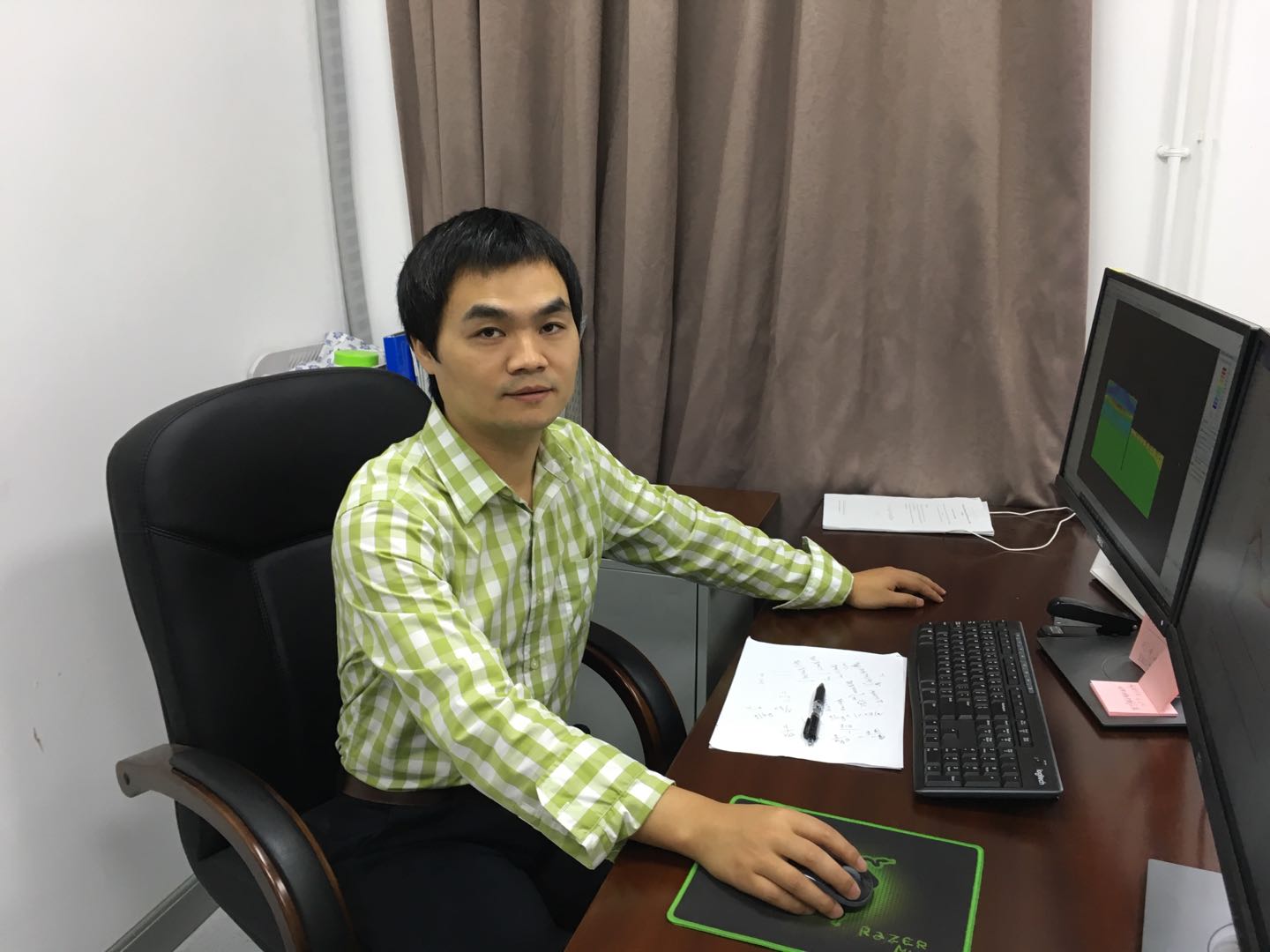
The first paper, entitled "Aquifer recharge using a vadose zone infiltration well," studied the coupled simulation of unsaturated-saturated water flow in the aquifer artificial recharge process. Vadose zone infiltration well (VZW) is an important method to implement managed aquifer recharge (MAR) when groundwater table is relatively deep or sufficiently permeable soils at the ground and/or sizable land areas for surface infiltration systems are not available. However, the theoretical model for this kind of artificial recharge has rarely been developed. A mathematical model for the coupled unsaturated‐saturated flow process induced by a VZW is presented in this study with the purpose of understanding the overall hydrodynamics of unsaturated flow and recharge efficiency. The results indicate that for the case of an unsaturated zone with a small storage capacity, a greater proportion of injected water will be stored in the saturated zone. This is a favored situation for the implement of MAR using VZWs. The proposed analytical model can be used to estimate unsaturated parameters and can also be used to assess the effectiveness of VZWs for the purpose of MAR.
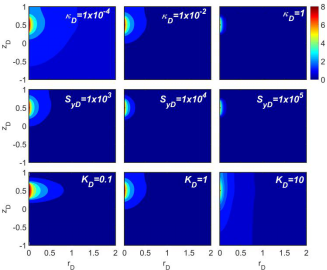
Fig.1 Effects of unsaturated zone parameters on groundwater head changes during MAR
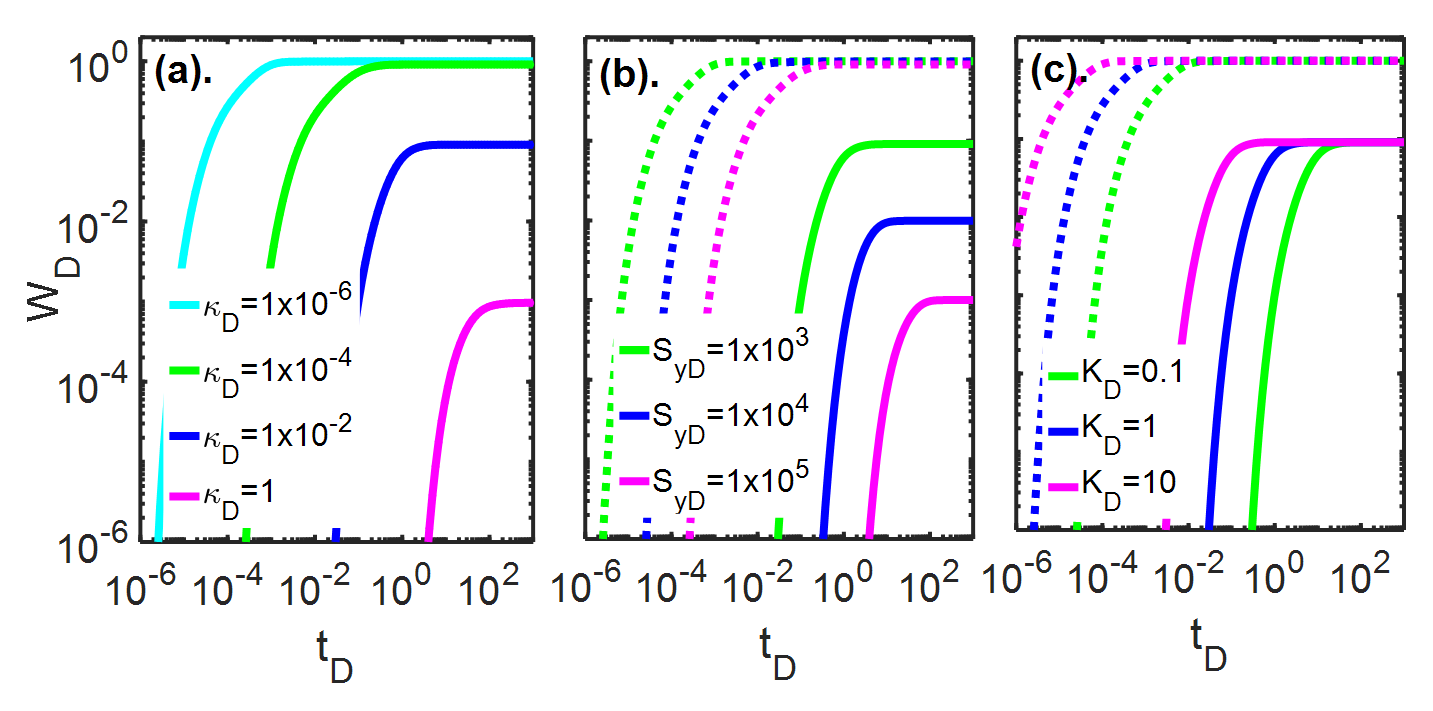
Fig. 2 Effects of unsaturated zone parameters on saturation zone replenishment during MAR
The second paper, entitled "Spatiotemporal responses of groundwater flow and aquifer-river exchanges to flood events," studied the temporal and spatial responses of groundwater to floods in the aquifer-river interaction zone. Rapidly rising river stages induced by flood events lead to considerable river water infiltration into aquifers and carry surface‐borne solutes into hyporheic zones which are widely recognized as an important place for the biogeochemical activity. Existing studies for surface‐groundwater exchanges induced by flood events usually limit to a river‐aquifer cross-section that is perpendicular to river channels, and neglect groundwater flows in parallel with river channels.
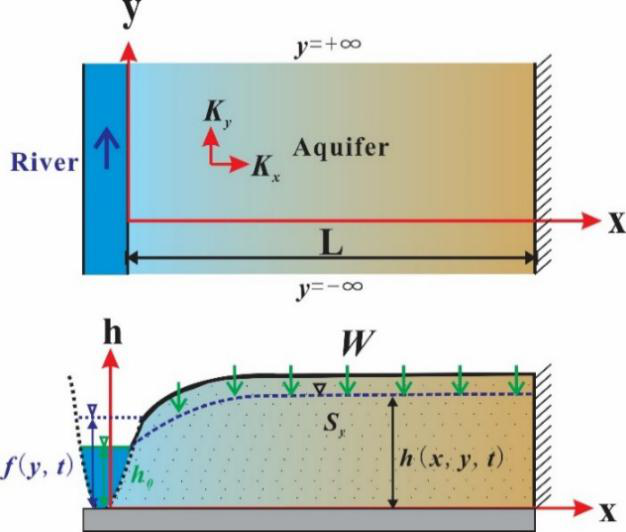

Fig. 3 The conceptual model and the responses of river stages and groundwater heads to a flood event.
In this study, surface‐groundwater exchanges to a flood event are investigated with specific considerations of unconfined flow in a direction that is in parallel with river channels. The groundwater flow is described by a two‐dimensional Boussinesq equation, and the flood event is described by a diffusive‐type flood wave. The results indicate that river water infiltrates into aquifers quickly during flood events, and mostly returns to the river within a short period of time after the flood event. However, the rest river water will stay in aquifers for a long period of time. The residual river water not only flows back to rivers but also flows to downstream aquifers. The one‐dimensional model of neglecting flow in the direction parallel with river channels will overestimate heads and discharge in upstream aquifers.

Fig. 4 Propagations of flood waves in aquifers
The third paper, entitled "Base flow recession from unsaturated-saturated porous media considering lateral unsaturated discharge and aquifer compressibility," studies the river base flow recession from unsaturated-saturated zones. Unsaturated flow is an important process in base flow recessions, and its effect is rarely investigated. A mathematical model for a coupled unsaturated‐saturated flow in a horizontally unconfined aquifer with time‐dependent infiltrations is presented. Semi-analytical solutions for hydraulic heads and discharges are derived using Laplace transform and Cosine transform. The solutions are compared with solutions of the linearized Boussinesq equation (LB solution) and the linearized Laplace equation (LL solution), respectively. The results indicate that the previous models overestimated the base flow due to neglect the impacts of the unsaturated flow. The present solution provided more reasonable estimations for the base flow. In addition, the present solution was applied to the observed streamflow discharge in Iowa, and the estimated values of the aquifer parameters were reasonable.
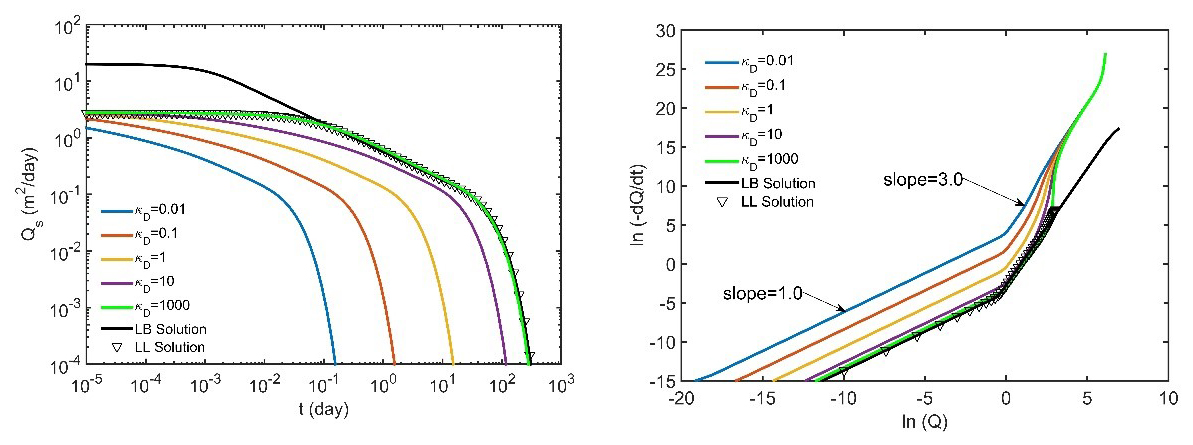
Fig. 5 Effects of the unsaturated zone on base flow recession hydrographs
Liang Xiuyu is a member of Professor Zhang Youkuan’s research group from the School of Environmental Science and Engineering. The above research was supported by projects such as the National Natural Science Foundation of China, which was chaired by Zhang Youkuan.
